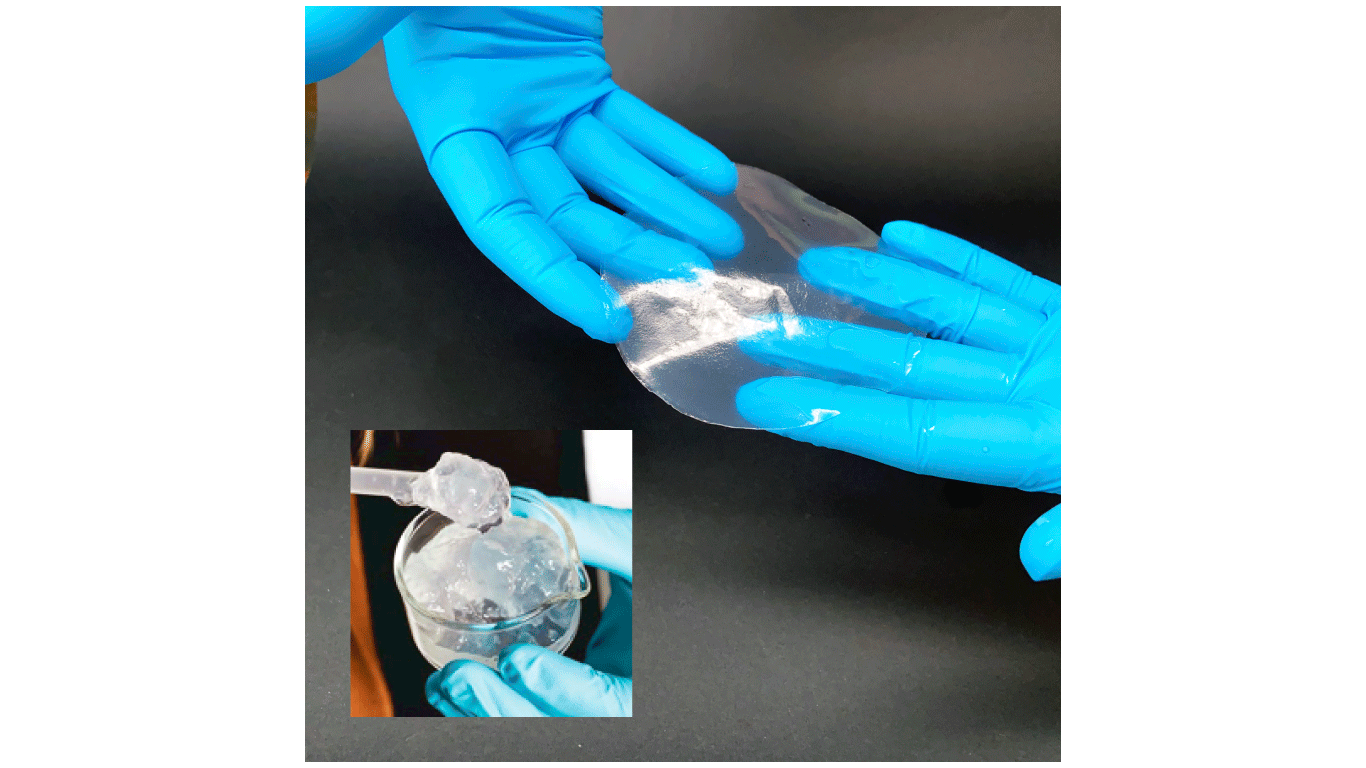New Stride in Wound Healing Expected, as Researchers Add New Material for Medical Dressings
On the back of successfully introducing sea kelp as a base material for hydrogels used in wound healing—and selling the rights to Norwegian firm Alginor ASA—Bio4Energy researchers are back with a deep-dive into making medical dressings for complex or chronic wounds. This time, the base material will be made from woody residues from trees.
Linn Berglund of Luleå University of Technology received a grant from national trade union Swedish Forest Industries, official voice of the sector, to place woody residues as the base material of choice in the treatment of wounds that require a certain level moisture to heal, but need to be rid of excess liquid formed at various stages of the healing process.
Based on a series of pre-studies, she will be using nanotechnology to make networks of wood fibres that hold just the right amount of moisture at the base of the dressing, which will have a transparent overlay.
“We are moving one step closer to the perfect wound dressing. We already have promising results with dressings that take up a lot of excess liquid in moist environments”.
“We are moving one step closer [to the perfect wound dressing]. We already have promising results with dressings that take up a lot of excess liquid in moist environments”, according to Berglund, researcher and long-standing member of Bio4Energy’s team of experts at nanotechnology.
“When it comes to burns for example, the liquid should be transported away, not closed in”, she added.
The efficacy of the nanofibre network, together with the transparent top part, should allow for the healing to be monitored without the need for frequent changes of the dressing.
“The transparency of the material creates unique possibilities”, Berglund told Bio4Energy Communications.
The project will run at least until the end of next year. By that time, the researchers expect to know more about the way in which the dressing materials react at various degrees of swelling due to liquid retention. We are talking about characterisation down to nano scale.
“We are going to use atomic force microscopy [coupled with] trials enabled by new equipment for rheology measurements”.
Atomic Force Microscopy is a very-high-resolution type of scanning probe technique, with resolutions in the order of fractions of a nanometre, according to Wikipedia.
Other legs of the set up include life cycle assessment studies to check the environmental impacts; not only of the wound dressing at the end of life, but also of the production. Moreover expensive chemicals are used in the production. The researchers are going to look for ways to reduce the chemical input while obtaining similar results.
The grant is part of a Young Researchers Award, awarded in spring of this year, with funding from a Gunnar Sundblad Foundation.
For more information
Young Researchers Award (Page in Swedish)
Contact
Linn Berglund, Bio4Energy Biopolymers and Biochemical Conversion Technologies
Related News
Breakthrough Innovation: Hydrogels from Norwegian Kelp to Be Commercialised – Bio4Energy
Related projects
Relation of wood structure and chemistry to nanocellulose extraction and properties – Bio4Energy






